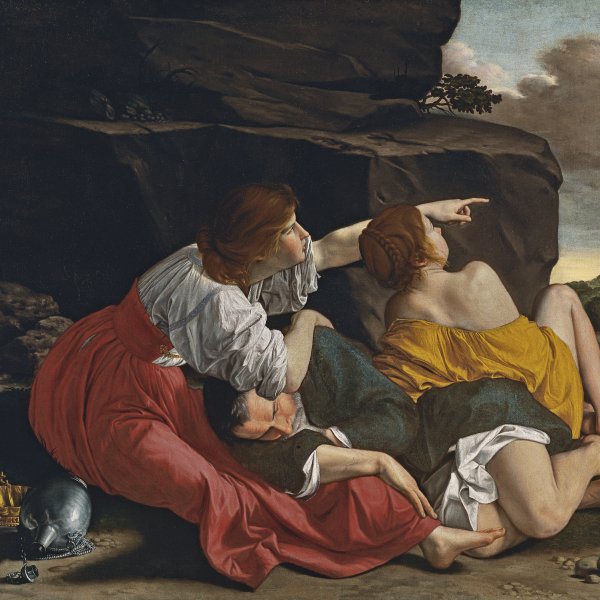Saint Cecilia
Bernardo Strozzi was an influential figure for early 17th-century Italian painting, in particular for Genoese art of the first half of the century. Trained in his native city with Pietro Sorri, in 1598 Strozzi entered the Capuchin monastery of San Barnaba in Genoa, which he left for family reasons in 1610 and thereafter devoted himself to painting. Strozzi’s earliest works reveal a knowledge of Tuscan Mannerism as well as the art of Francesco Vanni and Federico Barocci whose work he could have studied at first hand in Genoa. In addition, it has been suggested that he was influenced by Cerano, Morazzone, Giulio Cesare Procaccini and Caravaggio. The naturalist approach of the latter becomes evident in Strozzi’s works in the 1620s at a time when his palette also became warmer and brighter due to the influence of Rubens and other Flemish painters working in Genoa. A large number of works by Strozzi have survived, whose chronology has been difficult to establish as very few of them are dated. Strozzi primarily devoted his activities to religious painting, genre compositions and portraiture.
Saint Cecilia entered the Thyssen-Bornemisza collection in 1959. In 1957 the canvas was with French & Co. in New York, passing from there to the Mirto Turri collection in Switzerland and to the Fasciani Escher gallery in Lugano. Between 1969 and 2002 the painting appeared in the catalogues of the Thyssen-Bornemisza collection as an autograph work, but following a detailed study of the painting, Roberto Contini decided that it should be considered a workshop production. His conclusion was based on a painstaking examination of the technique and style of the painting, as well as a comparison with the other known versions of this composition by Strozzi. Among these, the finest in terms of quality and thus the probable prototype is the one in the Nelson Atkins Museum of Art, Kansas City. The canvas in the Museo Civico in Roverto is considered a workshop version, while the one in the Narodowe Muzeum in Wroclaw is thought to be a copy. It has been suggested that Saint Cecilia forms a pair with the outstanding painting by Strozzi of Saint Catherine of Alexandria in the Wadsworth Atheneum, Hartford, which has a similar composition and in which the female model is physically similar to this one.
Saint Cecilia can be recognised by the musical instruments that surround her and which are among her traditional attributes. These include organ pipes on the left, the lower part of a cello or lute on which she rests the hand that holds the martyr’s palm, and a violin on the ground on the right below one of the huge columns that forms the backdrop. The saint’s figure attracts the viewer’s attention through the shapes, textures and colours of her ample robe. The white cloth used for the collar, sleeves and sash stands out against dusty pink of the sleeves and the light blue of the billowing skirt. The powerful beam of light falling from the left strongly illuminates the young woman, constructing the broad planes of her clothing in a geometrical manner but leaving some of her facial features slightly undefined.
Mar Borobia









